Chichen Itza on the peninsula of Yucatán (Mexico) - Mayan city of the fourth century
Where is located Chichen Itza?
Address of Chichen Itza is Chichen Itza, Yucatan, Mexico
show on map
When was built Chichen Itza?
Built date of Chichen Itza is Ok. 450 years

Facts, informations and history of Chichen Itza
Chichen Itza is a pre-Columbian city built by the Mayans around 450 years. The city's greatest prosperity dates back to the 11th century. In the fifteenth century, the city was abandoned. It was again discovered by Edward Herbert Thompson in the late nineteenth century.
In Chinchen Itza there was a 300 meter wide road with a width of 6 m. At the end it was 40 meters deep and 60 meters wide, probably the place of sacrifice . The second of the large pits probably served as a water reservoir.
During the period of influence of the Tolteks, the largest buildings were built in the city. Among others Temple of Warriors (Templo de los Guerreros), pyramid in which the pillars in the shape of Feathered Snakes and warriors were used. At the top of the pyramid there is a stone statue of Chac Mool.
Kulkulkana Temple (El Castillo) is erected on a terrace consisting of nine terraces with a width of 55.5 meters. From each side it leads 91 degrees to the top, which gives a total of 364 degrees, the last (365 - as the number of days in a year) is the entrance to the temple.
El Caracol, called the Snail because inside it has a spiral staircase. It is a tower built on two terraces, 12 meters high, 6.7 meters in diameter, probably serving as an observatory.
Tzompantli, or the skull platform, because the walls of this built on a rectangular plan with dimensions of 60x12 m are decorated with skulls.
Akab Dzib is a small (6 meters high, 50 length and 15 width) building, which was the headquarters of the administrator Chinchen Itza.
Other buildings in the city are a group of Thousand Columns and the Jaguar Temple, as well as 166 meters long and 68 wide football pitch, which had to be flipped through stone rings.
On July 7, 2007 Chichen Itza was chosen by Internet users for the new list of seven wonders of the world.
How many meters have Chichen Itza?
Height of Chichen Itza is 24 m - the height of St. Kulkulkan

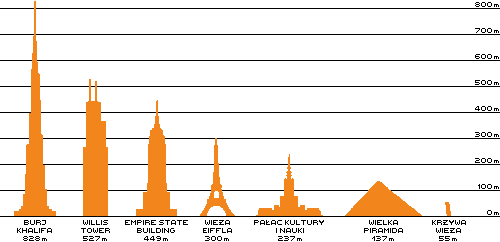
Construction/building type
Building Chichen Itza is of type City
Architectural style
Architectural style of Chichen Itza is Maya
Other names
The building is also known by other common names or in the original language, i.e. Chichén Itzá (pol. Źródła Ludu Itzá, u źródeł Itzá)
Is the building on the UNESCO World Heritage List?

The listing took place in the year 1988.
Details of the entry are available on the Unesco website at https://whc.unesco.org/en/list/483/
Official website
The official website of the building, where up-to-date information can be found, is http://www.chichenitza.com
Photo gallery Add photo
Location on map / How to get there


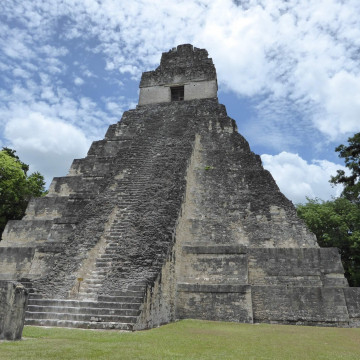

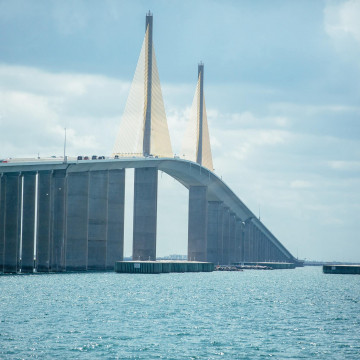























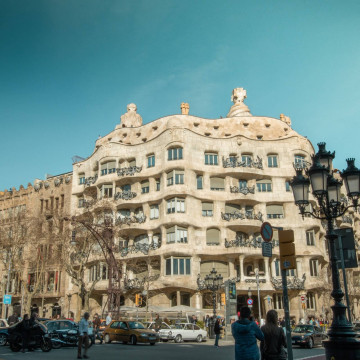
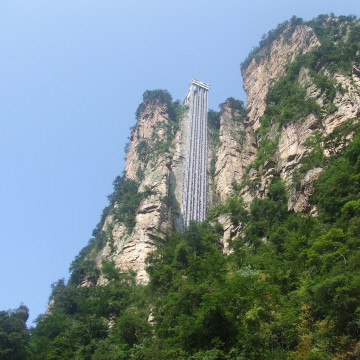
Comments to Chichen Itza (1) Average rating: 5 Add comment / Rate building
Based on 1 comment